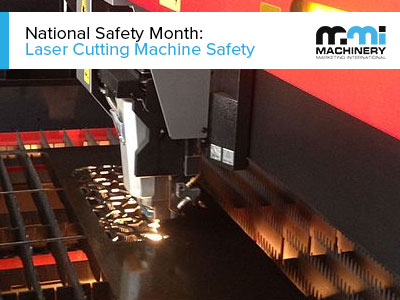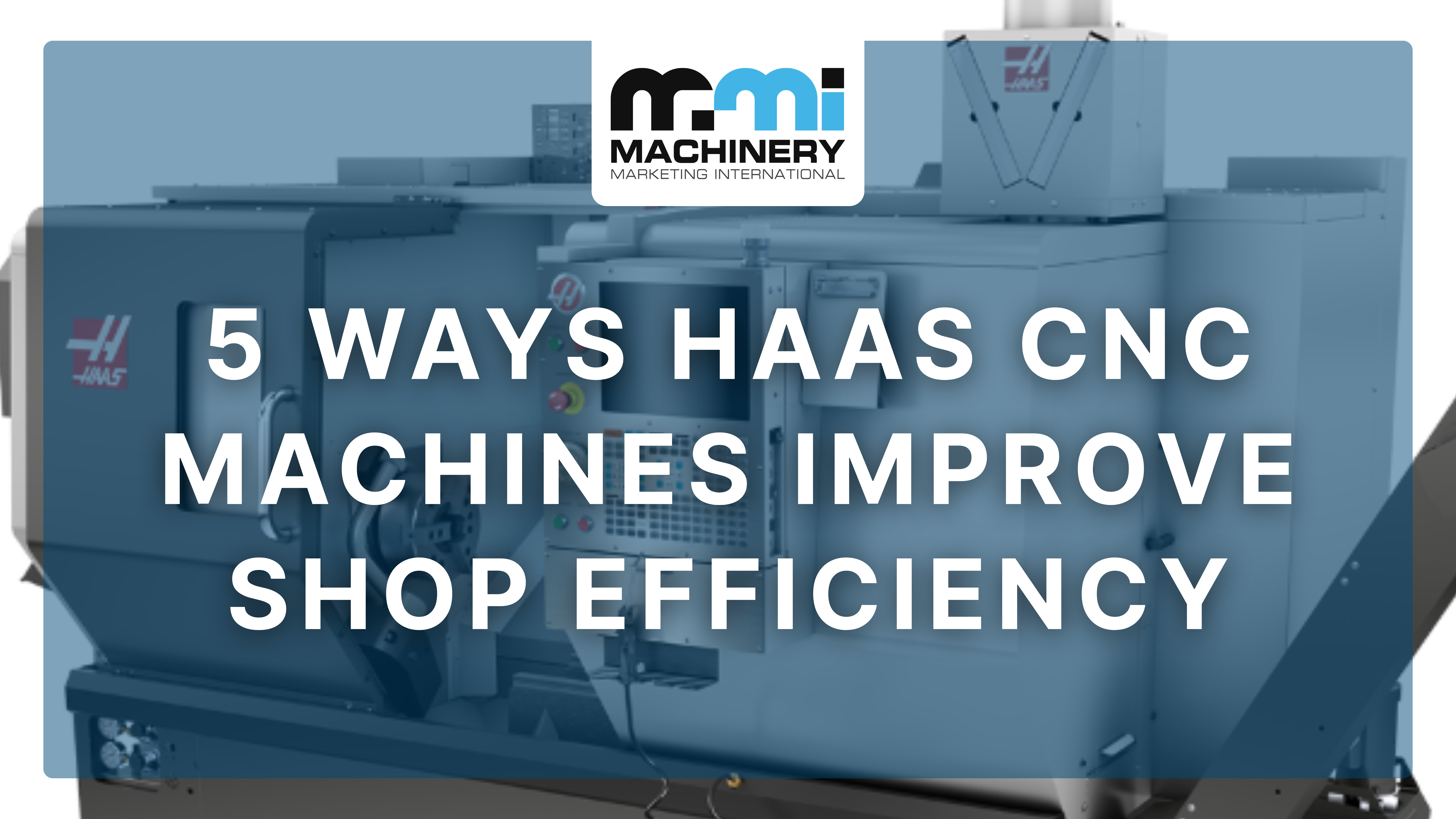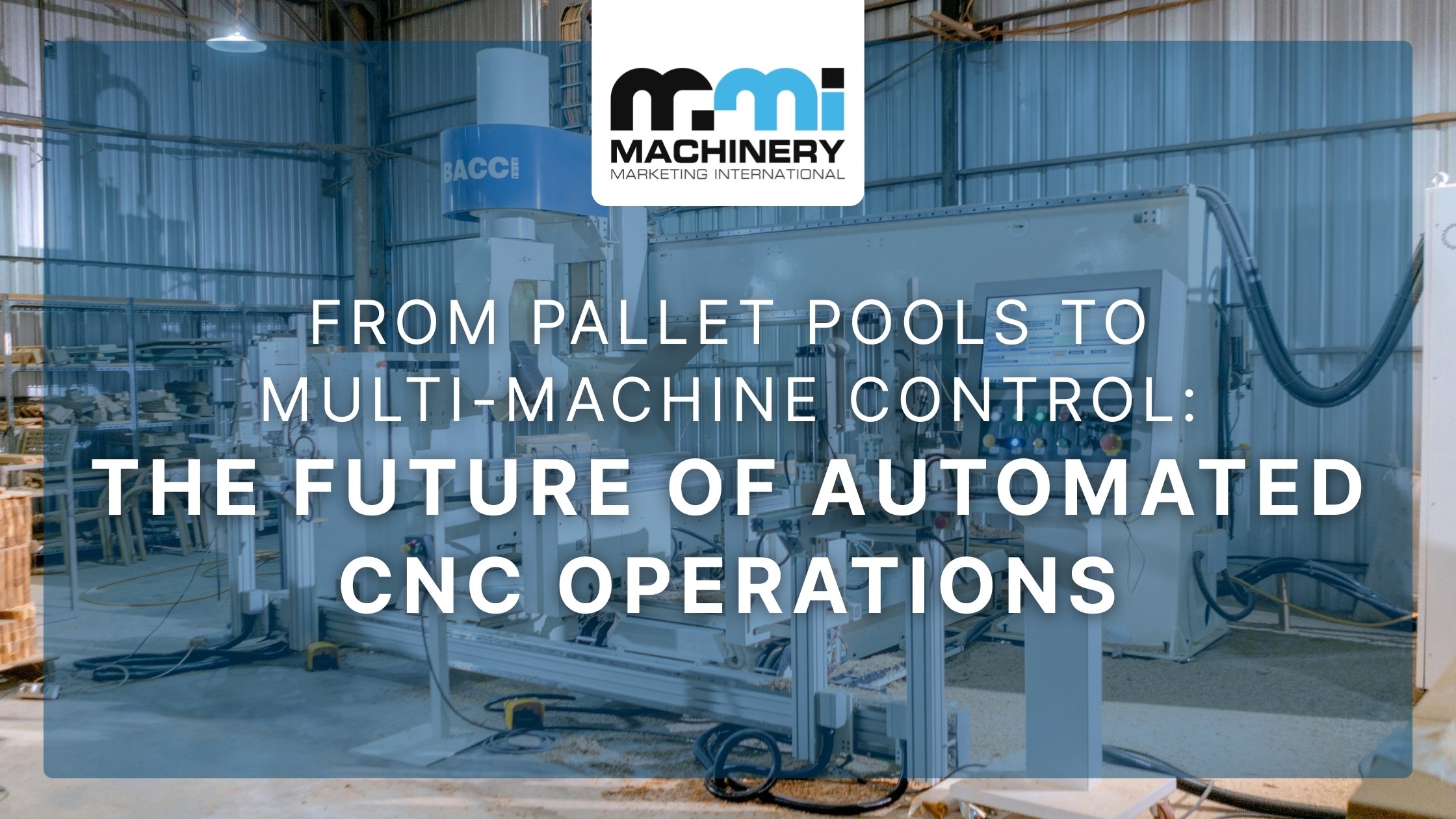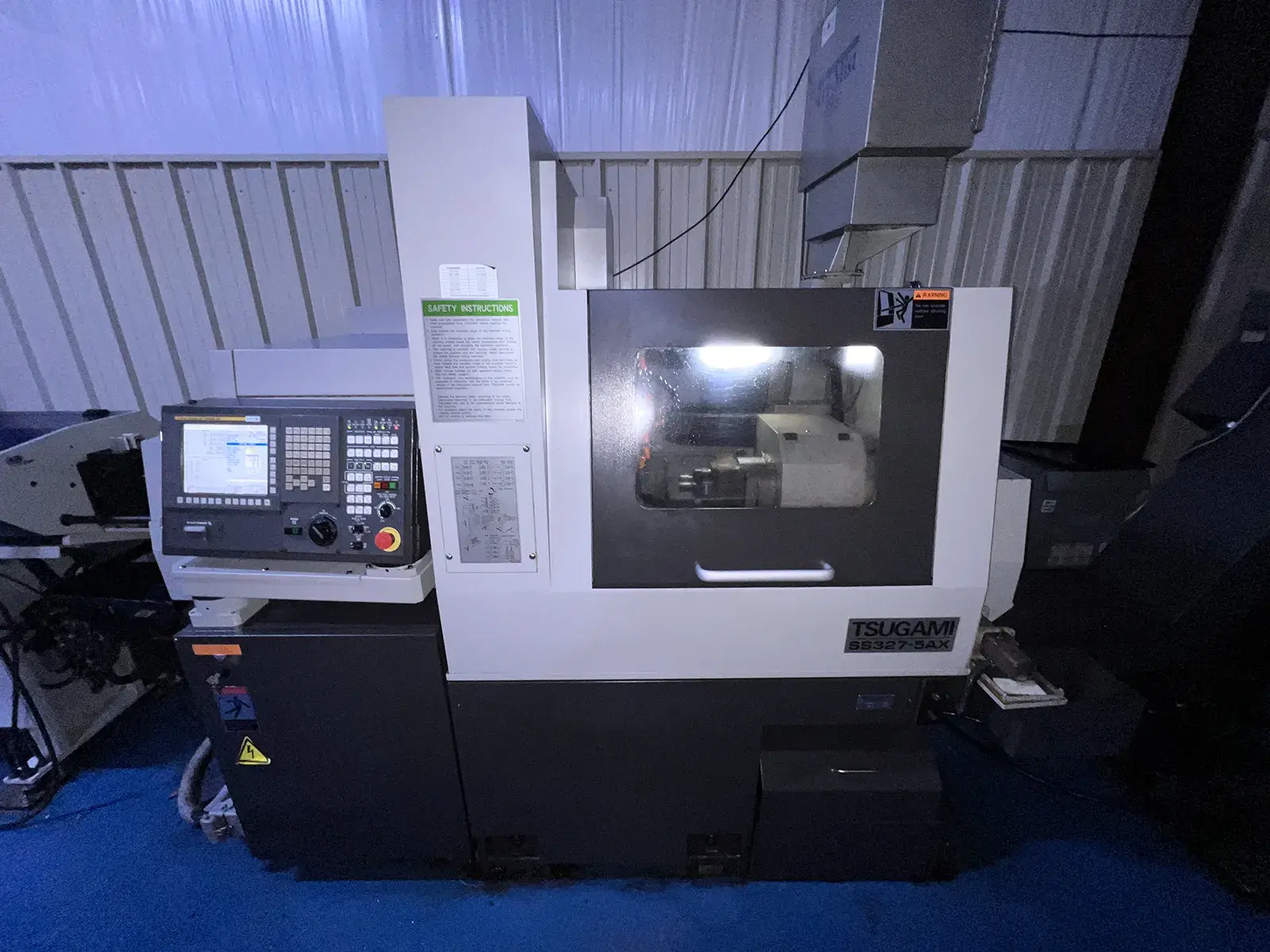Would you look at that, once again it’s everyone’s favorite time of the year to not die, National Safety Month! Last year we celebrated by giving you some general tips to stay alive while working with machines that cut steel like styrofoam, so this year we’re going to get a little more specific and take a closer look at how to safely operate an unlikely machine.
The laser cutter has been a mainstay of industrial machine shop for half a century, but in recent years it’s been seeing increasing use by hobbyists and makerspaces thanks to its ability to cut all sorts of interesting shapes and patterns for recreational use. This popularity can lead to the idea that lasers are a “safe machine.” After all, they’re so widespread, they’re totally closed off, there’s no crushing or cutting or drilling—what could go wrong?
A lot. A lot could go wrong, actually.
1. Prepare for Fire
So, I don’t know if you know this, but lasers are very hot. That’s sort of the whole reason they’re able to cut stuff. Another little known fact, some things catch on fire when they get hot. With all this in mind, you may not be shocked to learn that the biggest source of hazard when operating a laser cutter comes from potential fire hazards. Despite how obvious this may sound, many shops still don’t do enough to prevent potential fires
Don’t operate a laser cutting machine on or next to a wooden or otherwise flammable surface. Anyone who’s worked with one of these machines long enough knows that it’s not just the laser that gets hot, but the machine itself, especially with an older used laser cutter. Keeping the equipment away from anything that might catch fire when heated is a must.
Clean the cutting deck and internal cavity of your cutting machine regularly and thoroughly. Not only will this prevent excess material from sparking a fire, but a clear machine is also just nicer to work with anyway. If you wouldn’t bring a date back to your laser cutter, it’s probably time to give it a good vacuum.
Finally, make sure you keep a wall mounted fire extinguisher near your laser cutting machine at all times. Even the best kept equipment can malfunction occasionally, and for lasers that could mean fire. Make sure your fire safety extends not just to preventing fires, but stopping and containing them as well.
2. Know Your Material
As a machinist, it’s always important to have a thorough knowledge of the stuff you’re working with, and this couldn’t be more true with laser cutters. While with more mechanical machine tools the biggest concern is making sure the material is soft enough to be cut without damaging the machine, the heat-based mechanism of a laser brings with it its own set of concerns.
Some materials, especially plastics, can release noxious fumes when melted. PVC, for example, produces deadly hydrogen chloride gas when cut with a laser. Certain materials are also, you guessed it, flammable. With all the work you did fireproofing, it’d be a shame for that all to go to waste because you wanted to cut your initials into a stick of dynamite.
With the advent of the internet, the safety information on most materials is just a google search away, especially given the laser cutter’s newfound popularity. Still though, if you’re getting ready to cut a material you’re unfamiliar with, it’s always best to err on the side of caution.
3. Don’t Tamper with the Laser
Like most machinists, you’re probably a bit of a tinkerer. Experienced workers use rigged fixes on broken machines all the time, either to amend a problem or just to get it to behave in slightly different way than it was designed to. As it’s a relatively compact machine without many whirring parts and sharp edges, it might be tempting to be a little blasé with the modifications on your laser cutting machine.
Don’t.
Lasers are so safe to use because of all of safety features, locks, and fail-safes they come with. It may not be a spinning metal blade, but a laser strong enough to cut metal can easily burn human skin—or eyes. Don’t tamper with any of the safety features on your laser cutter for any reason. On an older, used laser cutting machine, you may find these safety features starting to fail. If this happens, have the machine repaired ASAP. It’s imperative you do not run the machine if they aren’t functioning.
4. Respect the Machine
Ultimately what most of this boils down to is respecting the cutter. Because of its size and friendly nature, it can be tempting to think of a laser cutting machine as somehow less dangerous than a mill or a lathe. Whether that’s true or not, it absolutely has the potential to cause serious damage if proper precaution is not taken.
Like with any other machine tool, it’s important to make sure someone is always present while the machine is operating. It’s also crucial that it’s given proper ventilation. Make sure you heed any warning given by the manufacturer, and only use the cutter as intended.
We’re working with machines built to shape the hardest materials in the world to our liking. These are powerful tools, and big or small, each needs to be treated with proper respect.






